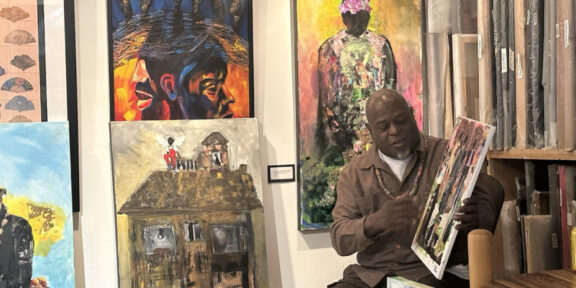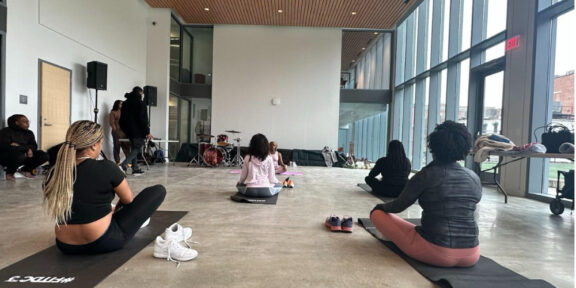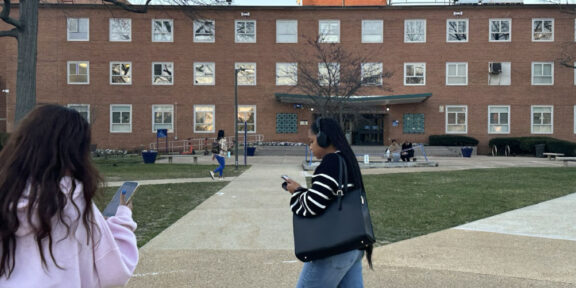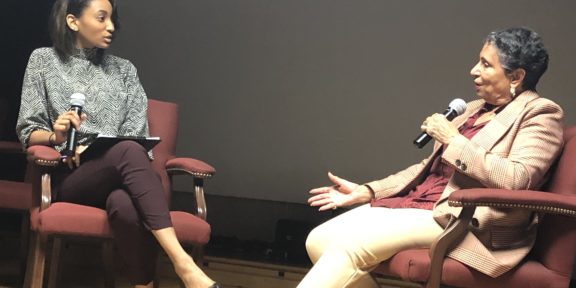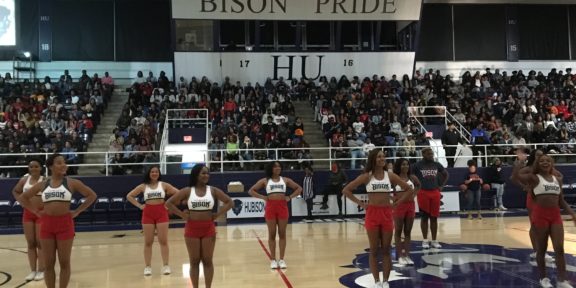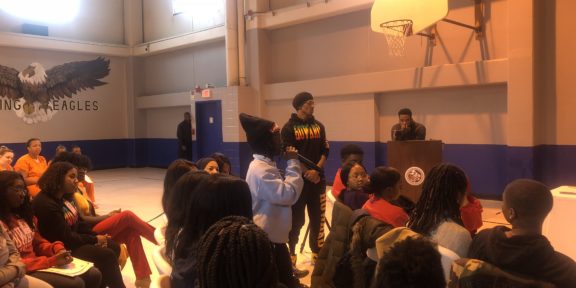By Avery Harrison
If you take the train to the Archives-Navy Memorial-Penn Quarters metro stop and come up the escalator, you will be near the National Mall. You will hit the National Gallery of Art two to three blocks over.
This museum has filled its halls with paintings, sculptures, collages, and other works of art, art that millions of tourists visit each year. If you were to look at the nameplates and read about the artists featured, you would notice that they are primarily men.
In March, also known as Women’s History Month in the United States, there is a revelation of the lack of female artists represented in these halls.
The National Museum of Women in the Arts provides data supporting that women in the art world have been significantly overlooked and underrepresented in some of the world’s most well-known galleries today.
The museum provides a graph that shows that out of 18 major U.S. art museums, 87% of their collections are men, with 85% representing white men. Additionally, an article on Artnet News reported that only 11% of all acquisitions at prominent American museums from 2008 to 2020 were of work by women.
The National Gallery of Art provided tours of the women artists that were hosted on Fridays and Saturdays in March to give recognition to these female artists. Lecturer David Gariff served as the guide for some of the tours.
A museum-goer is recreating a painting. Although the museum was packed with school tours and families, this gentleman was able to find a quiet gallery to paint. (Avery Harrison/Howard University News Service)
“The reason I’m giving this talk on women artists is because we’re trying now to actively fill in many gaps that we have now,” David Gariff, the lecturer for the “artist talk” on May 15 said.
Gariff understands that the museum noticeably lacks art by women and explains that they’re trying to rectify this and grow their collection. He explains that they didn’t have a sculpture by a woman prior to 1850 until they received “Virgin and Child” by Luisa Roldán.
“Every museum in the world now wants more works by women,” Gariff said. “Or, anybody who’s been marginalized in any way.”
Museums and galleries are on the lookout for any quality art they can get and the National Gallery of Art is no exception.
“Once art comes in we can’t get rid of it,” Gariff said.
David Gariff continues his artist talk with the portrait of Lucia Bonasoni Garzoni, c. 1590, painted by Lavinia Fontana. He went in-depth on the artist’s stroke work their use of accessories and answered crowd questions. (Avery Harrison/Howard University News Service)
Greer Thomas, who attended one of the “Gallery Talk: Women Artists New to the National Gallery” discussions, was surprised by the museum’s lack of women artists.
“It’s honestly shocking because we are in 2024, and women need to get as much recognition for their pieces as men,” Thomas said.
Thomas was one of many women in the “Gallery Talk” session who came to hear about the new women artists being showcased in the museum. She said she enjoyed the pieces but noticed how extensive the issue is with the lack of women artists displayed.
“I definitely think there should be more art from women,” Thomas said. “It is important that we get more female artists’ names out there to really inspire young girls who have artistic interests.
Thomas had a few suggestions that she believes will help the museum, and others like it, grow their collections while being more aware of women artists.
“They should do their research into more historical women artists,” Thomas said. “Art collectors should go out to different areas and look more into smaller artists’ works.”
Thomas believes curators should be more aware of their statistics and take into account who they leave out and what their museums seem to lack. She understands art is subjective and it’s all about perspective but finds it hard to believe women artists can’t be integrated into the scheme of today’s artistic world.




